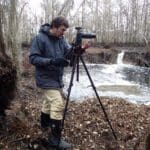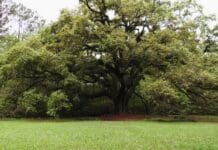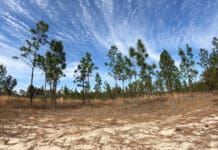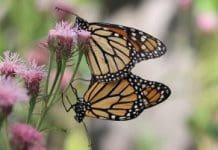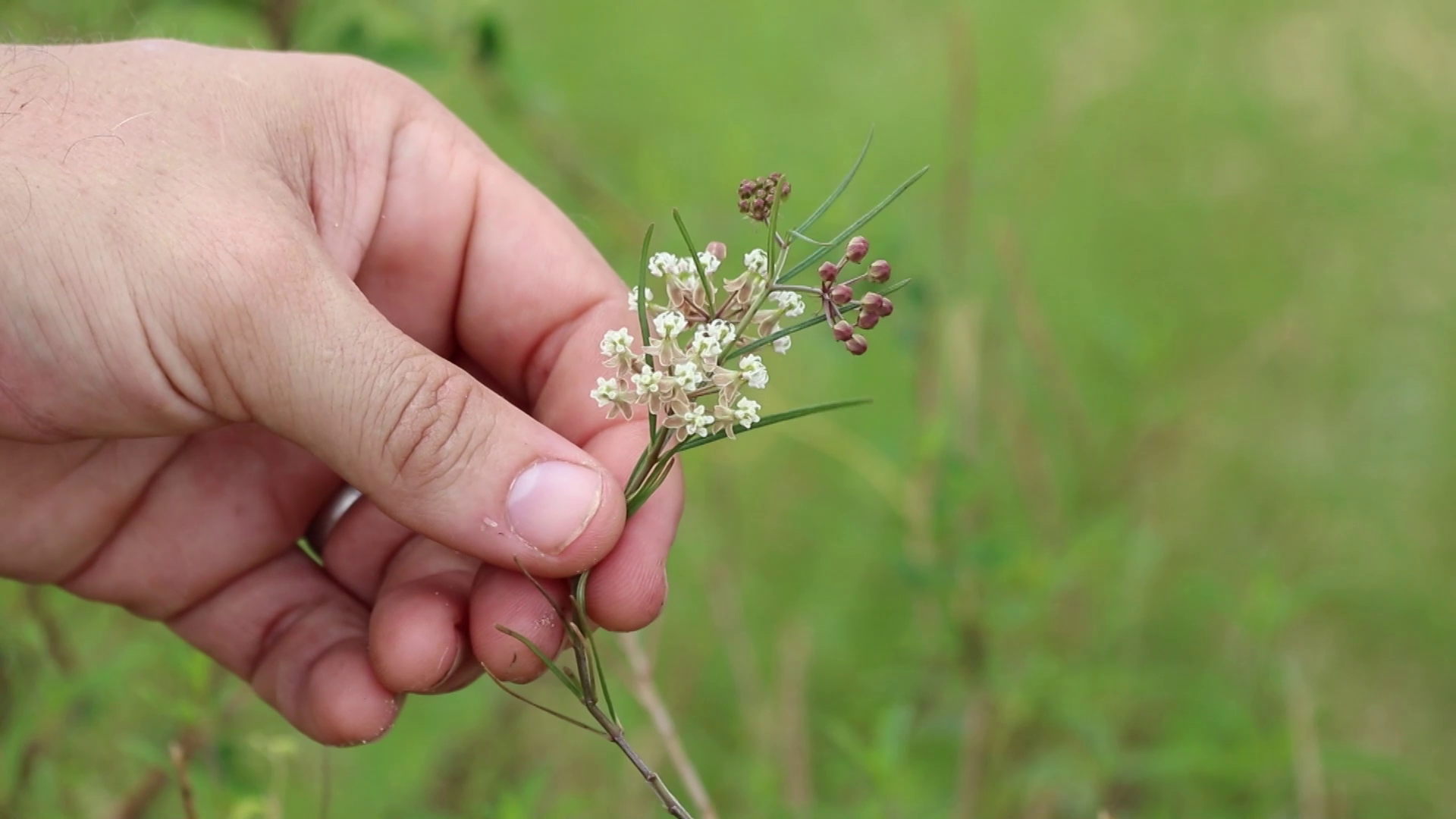

In our first Age of Nature Segment, we touched upon what makes the Apalachicola Bluffs and Ravines a top biodiversity hotspot. And we got a little taste of some of the rare plants found here. Today, we’ll get more than a taste. One of the joys of producing ecology segments is that I get to go out into the wild with people who show me what I would have otherwise missed. Lilly Anderson-Messec (Florida Native Plant Society) and Brian Pelc (The Nature Conservancy in Florida) do not disappoint.
Here, high, dry uplands suddenly plummet into cool, shaded ravines. In a short distance, we experience multiple ecosystems and ecotones layered across different elevations. A longleaf pine savanna, maintained with regular fire, is one of the most biodiverse ecosystems in North America. Then you factor in geologically rare steephead ravines. They’re so unlike anything else in Florida that down here, we find species of Appalachian origin that came to our region during the ice ages, and stayed after it warmed up.
It’s a region full of plants and animals found almost nowhere else. Some are endemic to Florida, some to handful of panhandle counties. At least one is only found right here in Liberty County. It’s a heaven for rare plant lovers. Some are challenging to get to, but that’s part of the fun.
Let’s get started…
Rob Diaz de Villegas is a senior producer for television at WFSU Public Media, covering outdoors and ecology. After years of producing the music program OutLoud, Rob found himself in a salt marsh with a camera, and found a new professional calling as well. That project, the National Science Foundation funded "In the Grass, On the Reef," spawned the award-winning WFSU Ecology Blog. Now in its tenth year, the Ecology Blog recently wrapped its most ambitious endeavor, the EcoCitizen Project.
Rob is married with two young sons, who make a pretty fantastic adventure squad.

